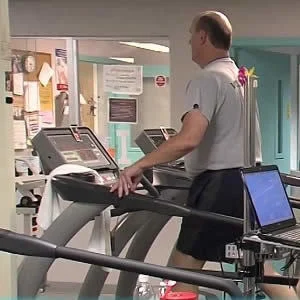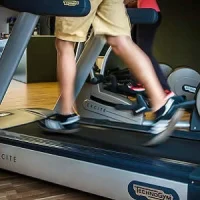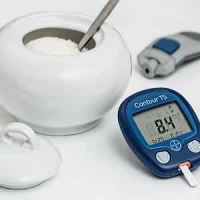Cardiovascular disease (CVD) is the most common condition underlying out-of-hospital cardiac arrest. Since the burden of CVD parallels that of cardiac arrest and both share risk factors, multidimensional approaches to tackle CVD are required. In this regard, cardiac rehabilitation could be an essential pillar of secondary prevention, perhaps the “missing link” to convert the linear chain of survival into a circular process, according to new research to appear in the journal Resuscitation. The study is available online as an accepted manuscript.
The “chain of survival” concept describes the sequence of actions to increase survival after cardiac arrest (CA). While great efforts have been made to promote interventions when a CA occurs, the researchers note the lack of continuity of care afterwards.
In recent years, mortality due to myocardial infarction has been on a steady decline due to use of highly-effective medical therapies and resources.
"A significant reduction in cardiovascular mortality could be attributed to lifestyle changes and risk factor management. However, a majority of coronary patients fail to achieve the recommended goals, which suggests that secondary prevention is often underestimated. Thus, efforts to achieve the best results from the first moment, throughout hospitalisation and discharge might be ruined by the lack of continuity of care afterwards," write Antonio Rodríguez-Núñez, MD, PhD, from the Institute of Research of Santiago, Santiago de Compostela, Spain and co-authors.
The authors explain that treating CA like an isolated phenomenon will neither help reduce its incidence in the community, nor its recurrence in the individual. They also said that cardiac rehabilitation (CRH) could play an important role in long-term care. Over the years, CRH has become an essential part of the standard of care in cardiology. Exercise-based CRH programmes consist not only of personalised exercise training but also represent a comprehensive approach to secondary prevention focused on the patient, who becomes autonomous and aware of his/her health-related leading role. Although CRH is internationally recommended, rates of prescription and adherence remain low.
According to the researchers, CRH provides a unique opportunity to gather the efforts in secondary prevention and education and conduct them to optimise long-term results. Additionally, CHR is an essential tool to sustain the improvements achieved in the acute management of out-of-hospital cardiac arrest.
"If we accept that 'the strength of the chain of survival is only as strong as its weakest link', its fragility may lie in this gap in the long-term care, a previously non-expressly considered or 'missing' link. This might lead to the conception of CRH as another essential link of the chain that would follow post-resuscitation care (ensuring the adequate reintegration of survivors into society and prevention of subsequent events) and precede early access to emergency medical care (considering a healthy lifestyle as a key element to reduce the probabilities of CA), thus closing the chain to become a 'circle' of survival," the authors write.
Source: Resuscitation
Image Credit: Vimeo
References:
Gonzales-Salvado, Violeta et. al. (2017) Cardiac rehabilitation: The missing link to close the chain of survival? Resuscitation.DOI: http://dx.doi.org/10.1016/j.resuscitation.2017.01.013
Latest Articles
secondary prevention, cardiac rehabilitation, cardiovascular disease
Cardiac rehabilitation could be an essential pillar of secondary prevention, perhaps the “missing link” to convert the linear chain of survival into a circular process, according to new research to appear in the journal Resuscitation.










